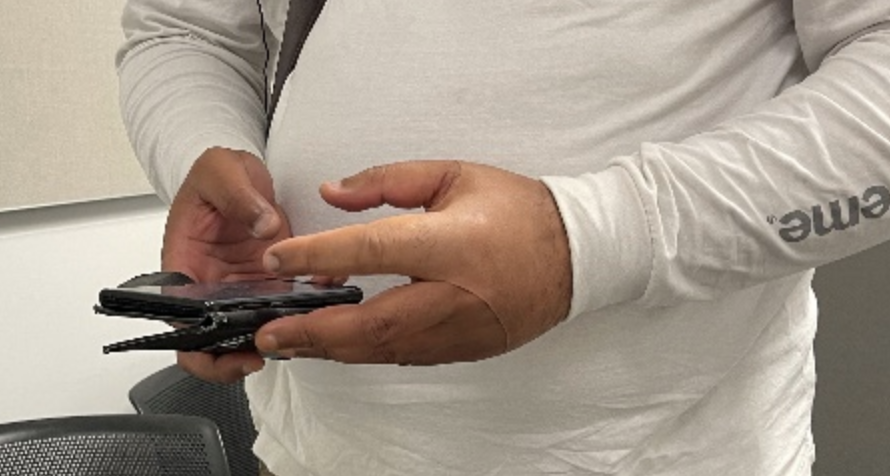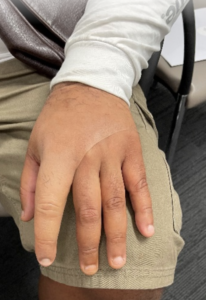Approaching Amputations – The Prosthesis Process
When you have suffered traumatic injury resulting in the amputation of one or several digits, finding support for your needs can be an overwhelming process. To minimize the stress of navigating this new phase of your life, The Hands Physio is equipped to treat all patients who have undergone amputation.
The Effects of Trauma
Trauma is both extremely individual and personal. Culture, faith, and lifestyle are all important components that therapists must consider during treatment, coupled with medical notes. Physically speaking, trauma affects the brain, skin, nerves, blood vessels, tendons, and muscles.
Therefore, when faced with having to restore function and hand mechanics after a patient experiences trauma, there are many issues that therapists need to identify. These include wound healing, significant pain, hypersensitivity, regaining temperature control, strength, and residual range of motion. Depending on severity and the number of digits involved, treatment can last from 6 to 18 months.
The Prosthesis Process
The goal of therapy, which is discussed early on, is the application of a prosthesis so that the patient’s hand can look more ‘normal’. The prosthetics available these days look great and are very realistic. But before prosthetics can be sought out, let’s take a closer look at the issues therapists must evaluate and resolve prior to a fitting.
Wound Healing
When handling a wound, we advise applying dressings throughout every stage of the wound healing process. Patients are taught to wrap the finger in a special way to ensure the stump has a beautiful contoured round shape. This is suggested both for the overall general appearance as well as for the application of a prosthesis.
Pain and Hypersensitivity
To treat pain and hypersensitivity we provide some of the following treatments:
Temperature control
It is important to get the finger used to different temperatures and pressures. This is done by running different amounts of sprays/pressure of water over the finger. This progresses to working with cold objects and then on to frozen objects such as frozen peas or ice cubes.
Strength and Range
Putty, webs, rubber bands, weights, TheraBand, and hand exercisers are all types of exercises we use to re-gain strength and range after an amputation.
Function and Lifestyle
You can imagine how the world you knew before is now completely changed after going through a traumatic experience like this. While you can feel very overwhelmed by the experience, your character becomes stronger, more resilient, and confident. Understanding our patients’ lifestyle and learning what is important to them is vital to the success of our therapy. To put it into perspective, read on to learn about one of our incredible patients.
A Real Patient Story:
Meet Charlie. Charlie is a musician, so part of his therapy was to play the keyboard in the clinic for the other patients. It took time to build up to an audience, but he put in the time to get more comfortable with his prosthetic, even practicing outside of therapy. When committing to the process, it is incredible what can be achieved.
One of our privileges is seeing patients nearing the end of treatment and being able to help them get a prosthesis to finalise this traumatic journey. Recently, Charlie received his first version of his prosthesis. While it still needs some revisions, his smile is worth everything!!!


We worked with Sophie Fleming @prostheticarttechnology to treat Charlie and her professionalism and skills are fantastic.
Schedule a consultation with one of our therapists to learn more about how The Hands Physio can help you. Call 02 97434672 or an appointment online.